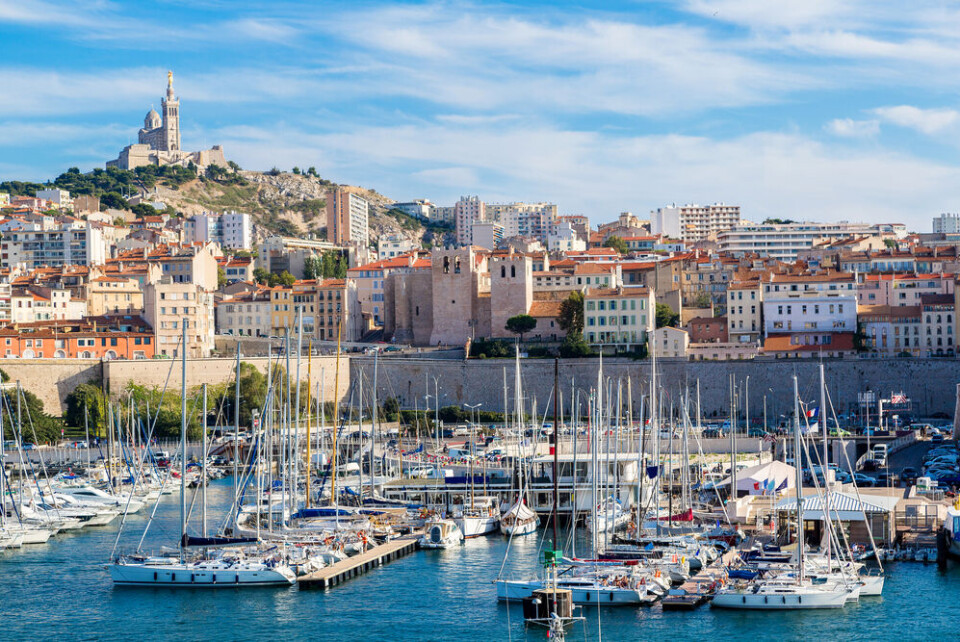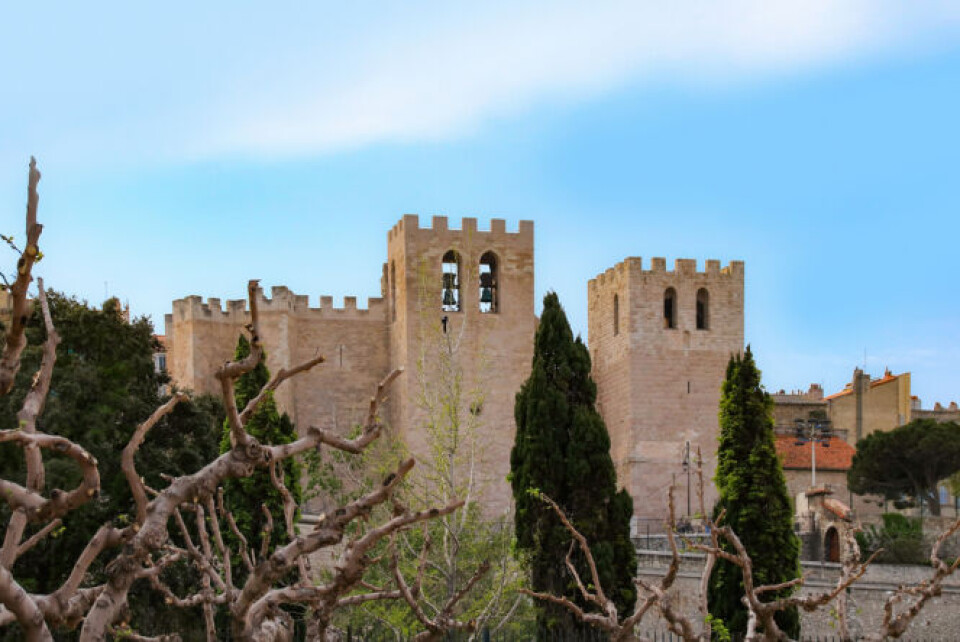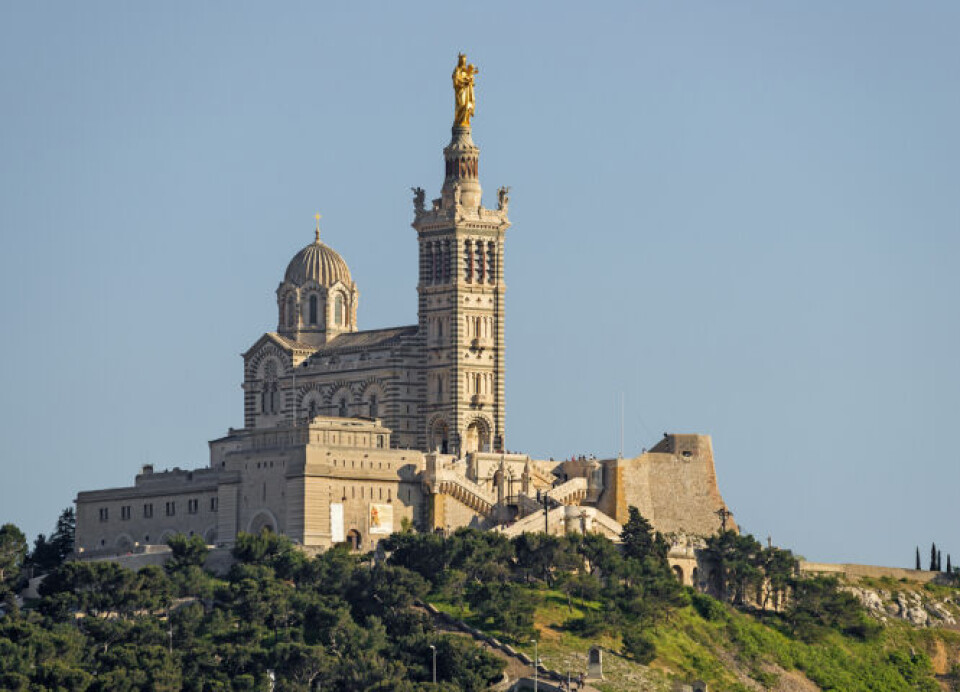-
Duck Cold! Four French phrases to use when it is freezing outside
We remind you of French expressions to use to describe the drop in temperature
-
When and why do we say le moral dans les chaussettes?
We explore this useful expression that describes low spirits
-
The origins and meaning of tirer les marrons du feu
As Christmas approaches, we look at a phrase to describe someone who takes advantage of a situation
Marseille: The cultural melting pot of France’s south
In her series on the cultural history of France, art historian Dr Julia Faiers traces the fascinating past of this Mediterranean port city through three of its historic buildings

Marseille has long suffered something of an image problem. Anyone who follows the French news could be forgiven for associating France’s second city primarily with gang violence - but this does a huge injustice not only to the vibrant city today, but to its rich history.
This skewed focus means we can easily forget the vital role Marseille played as a trading post over millennia, attracting people and objects from all over the globe.
And nowhere is this melting pot of cultures more evident than in the city’s built heritage. We can trace Marseille’s story through its churches, forts and towers. Here we look at three of them.
Basilica of Saint Victor
The basilica of Saint Victor is proof of Marseille’s magnetism for far-flung visitors. At the start of the fifth century, an ascetic Christian monk and theologian called Cassian travelled from his birthplace in Romania to Egypt, then to Constantinople and finally to Marseille, where he founded a famous abbey on the southern banks of the port.
The abbey (now basilica) of Saint Victor is the only building to survive from the two fifth-century monasteries Cassian established in the town’s Christian quarter – one for men, dedicated to Saint Victor, and the other for women, dedicated to Saint-Sauveur.
Contemporary pilgrims and relic enthusiasts can still visit the relics of Cassian’s head and right arm, which remain in the crypt of the church he founded.
Cassian can lay claim to bringing Christian monasticism to Gaul from the East, a move that would profoundly affect Western culture. This is just one example of the many ways Marseille has evolved and prospered through its encounters with travellers.

The fortified church we see today, however, is actually far newer – 11th century no less. After the Saracens destroyed the original abbey, abbot Isarn decided in 1070 to build it back stronger by erecting a veritable fortress to see off potential invaders. His fortifications, and those of his successors, ensured the survival of the church, which looks as impenetrable as ever.
Visitors are most welcome, nevertheless, to enter the church and admire the astonishing collection of Roman, pagan and early Christian sarcophagi in the crypt.
Fort Saint-Jean
This seventeenth-century building stands on the site of the old commandery of the Knights of the Hospital of Saint John of Jerusalem, a.k.a the Knights Hospitaller.
A commandery was an outpost of a military order’s operations, and archaeological work in 2005 showed that the commandery comprised several buildings, including a hospital, commander’s palace, chapel and a cemetery.
You can still see elements of the commandery chapel, incorporated into the embankment of the fort that Louis XIV had built in 1660. Fort Saint-Jean and its companion, Fort Saint-Nicolas, were designed to reassert the king’s authority over the city. Since 2013 visitors have been able to access Fort Saint-Jean, which is now part of the Mucem museum complex, via two foot bridges.

Basilica of Notre-Dame de la Garde
From the ascetic monasticism of Saint Victor’s basilica and the militaristic dominance of the Fort Saint-Jean we move to an altogether more glittering religious spectacle with the basilica of Notre-Dame de la Garde. From its lofty position on a rocky hill, this enormous church serves as a landmark and shining beacon of hope for the entire city.
Today a giant gilded Virgin and Child statue stands atop the basilica’s bell tower, looking down over the city’s 800,000-plus inhabitants, who have named the statue “Bonne Mère.”
Inside, visual evidence of Marseille’s love of diverse cultures shines from every surface and every curved arch. Built in the nineteenth century, the basilica is often described as ‘Neo-Romanesque-Byzantine’, a label which hardly trips off the tongue. However, it accurately describes the fusion of styles that were currently in vogue when the 23-year-old Protestant architect Henry-Jacques Espérandieu started to rebuild the Catholic church in 1853.
Round ‘Romanesque’ arches punctuate the structure, and domes float above its cavernous spaces. The walls and vaults sparkle with the gilded, shimmering mosaics we associate with the churches of Byzantium, later called Constantinople and now known as Istanbul. Pillars and arches made from alternating blocks of white Carrara marble and the red marble of Brignoles add still more vibrancy.

The diversity of people and cultures we associate with the contemporary city of Marseille all seem to be represented here in a glorious explosion of colour and light. Although many of the city’s buildings tell the story of its long, cosmopolitan past, Notre-Dame de la Garde seems to do so the most joyfully.
Related stories:
This French village sits between heaven and earth
























